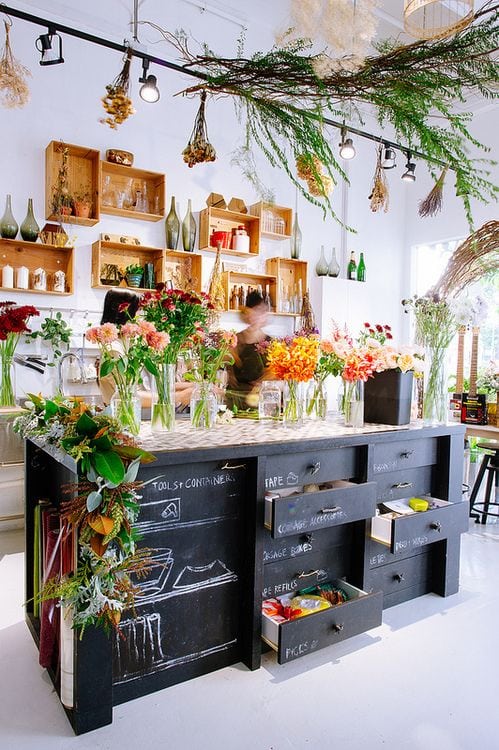
The Benefits of Selective Downselling
By Jasmine Glasheen, Retail Researcher for Retail Minded.
We’ve all been trained in upselling. Suggesting add-on items, accessories, or pricier versions of a particular product is nearly second nature for many of us. The technique we rarely hear about, however, is selective downselling – which can be equally as beneficial to your business’s long-term profitability. I know… you’re probably just reading this article out of morbid curiosity at this point, but downselling can actually help to build lifelong clients and to increase flagging sales numbers.
Aggressive upselling works great if you’re looking for a one-off. However, if you or your associates are pushing too hard and making customers uncomfortable, or sending them home with items they don’t actually need, it’s probably time to add a new selling tactic to your repertoire. Let’s take a look at how selective downselling picks up where your existing selling techniques leave off.
Why It’s Necessary
Have you ever gone into a store with a specific product in mind and the salespeople kept trying to get you to add additional products to your predetermined purchase? I know that in my case, having this type of experience results in my never to returning to that store again and either buying the product online or with one of their competitors. Bottom line? Once your customers are on the defense, your potential for a lasting relationship is lost. Your shoppers want to feel like you’re listening to their needs, financial limitations and reasons for coming in – and selective downselling is often just the ticket to harvesting maximum value from a customer over a lifetime. More importantly, with selective downselling… everyone goes home happy.
How to Do It
There are two different ways to implement downselling. You’ll hone your knack for determining which of these 2 methods are right for any given customer over time, and soon you’ll instinctively be able to sort and sell to customers based on their particular buying needs.
- The value capture: This refers to offering the customer a cheaper item if they don’t want to pony up for a high-priced product. This method can help associates capture sales from customers who may not be able to afford, or be interested in paying, full price on a particular item. This may include directing customers to a cheaper item, or offering them a coupon to make their purchase more economical. In some cases, the value capture can result in the opportunity to enroll a customer in your store’s loyalty program or credit card, since it can be presented as another step in getting the potential purchase down to a price where it fits their budget.
- The slow burn: This method refers to suggesting a customer go with a better or package deal to get more value for their money. In other words, you’re working with your customer’s needs in mind to help them get the most traction for their money spent. Obviously, this means that sometimes you’ll lose a few dollars on the initial sale. Before you rally an angry mob to come to my house with pitchforks, listen up: Once a customer realizes that your goal as a salesperson is to help them get the right products and that you’re advocating for their best interest with any products you suggest, they begin to trust you. This helps to build long-term relationships with clients that keep coming back and spending with your company over time.
Here Is the Caveat
We spend a lot of time talking about how to create a retail experience that resonates with your customers, but all of your in-store sales events and free cups of coffee don’t matter if customers don’t feel comfortable in your store. Am I suggesting foregoing upselling forever and training your entire staff to showcase only the cheapest items possible? Definitely not. What I’m advocating for is building trust with your customers and catering your sales technique to their individual needs.
Look, we are just a few years away from total implementation of retail robots and they’ll soon be replacing in-store sales functions that don’t require the human touch. This means there’s no room for robotic upselling or hawking certain products based on a pre-programmed script from management. We are entering an era of specialization, personalization and consultancies. So set your brand apart by individually forging customer connections based on each unique person’s desires and circumstances.














